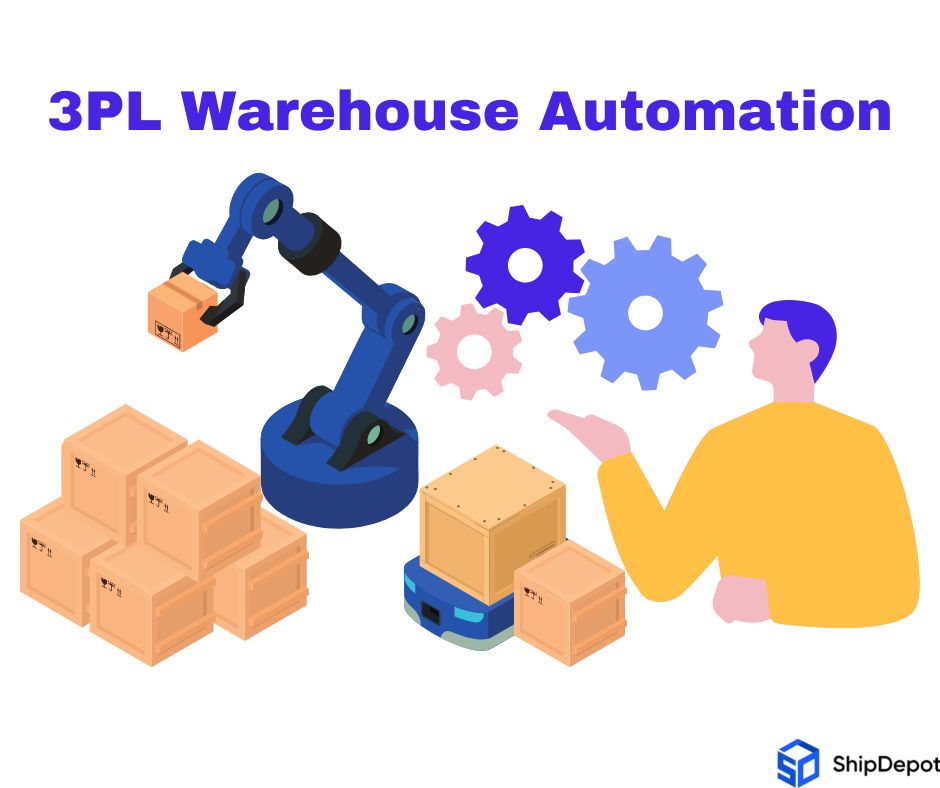-
Ship Smarter, Not Harder: How 3PL Can Save You on Shipping Expenses

Many companies struggle with finding ways to reduce their shipping costs while still providing fast and reliable service to their customers. One solution to this problem is to partner with a third-party logistics provider (3PL).
-
Automation in 3PL Warehouses: Benefits, Challenges, and Trends

Automation is a hot topic in 3pl providers nowadays. In fact, according to a recent survey by the logistics software company Descartes, nearly 70% of logistics professionals believe that automation will be a key driver of growth for the industry over the next five years. As the logistics industry continues to evolve, technology has become…
-
The Power of Third-Party Logistics: How 3PLs are Revolutionizing eCommerce Selling

In today’s world, eCommerce has become a major player in the retail industry, with tens of millions of people shopping online every day. As eCommerce continues to grow and evolve, the need for efficient and reliable logistics has become increasingly important. Third-Party Logistics (3PL) providers have emerged as a solution to the challenges faced by…